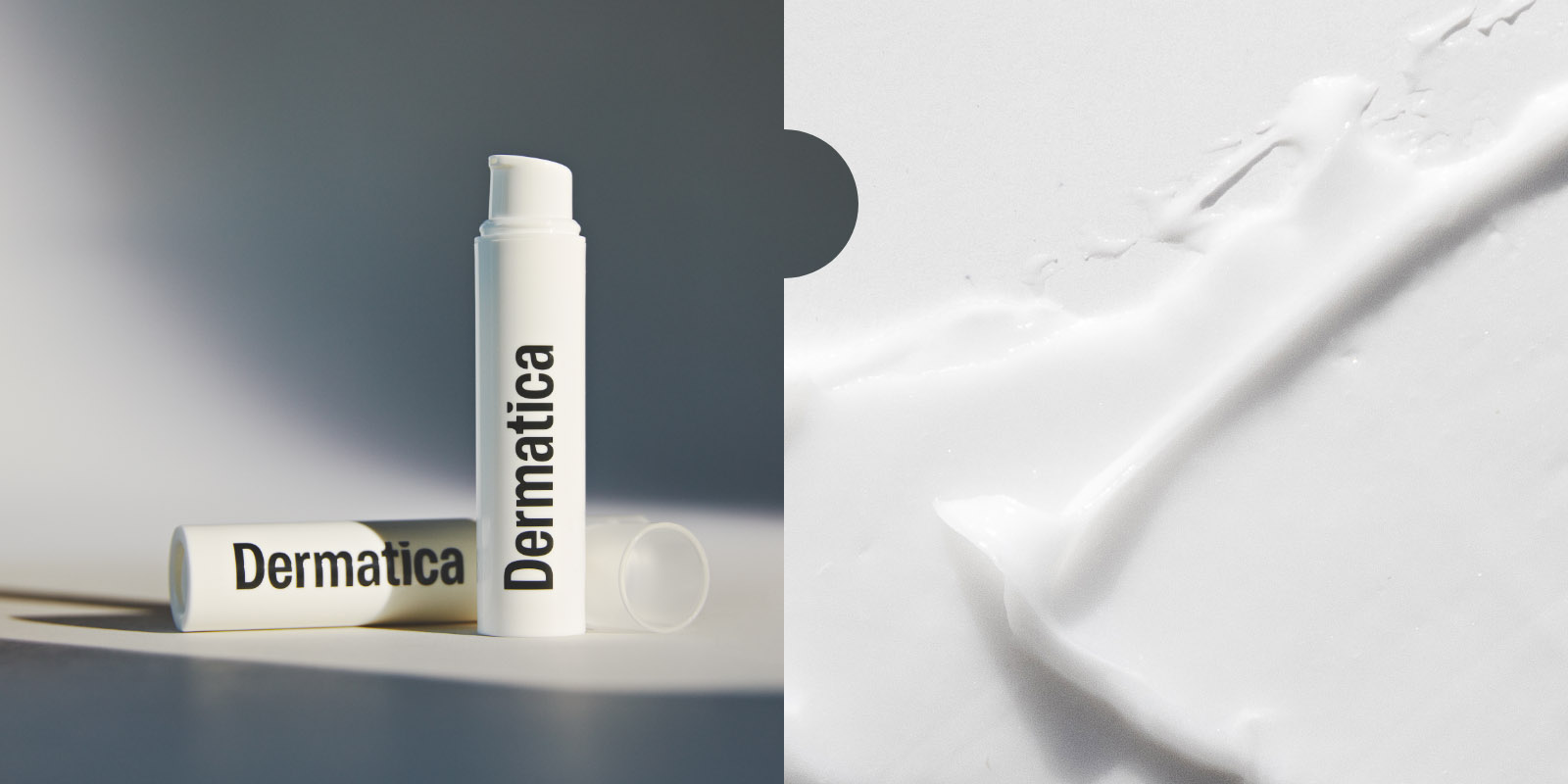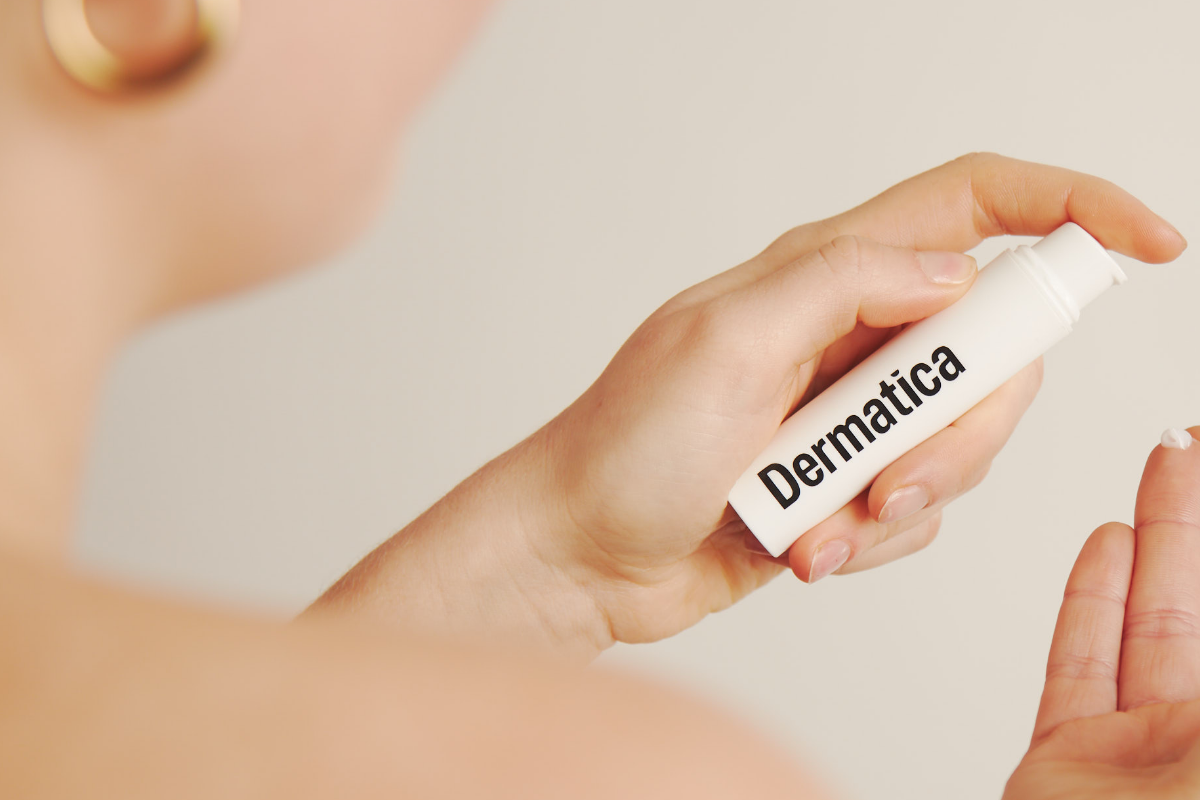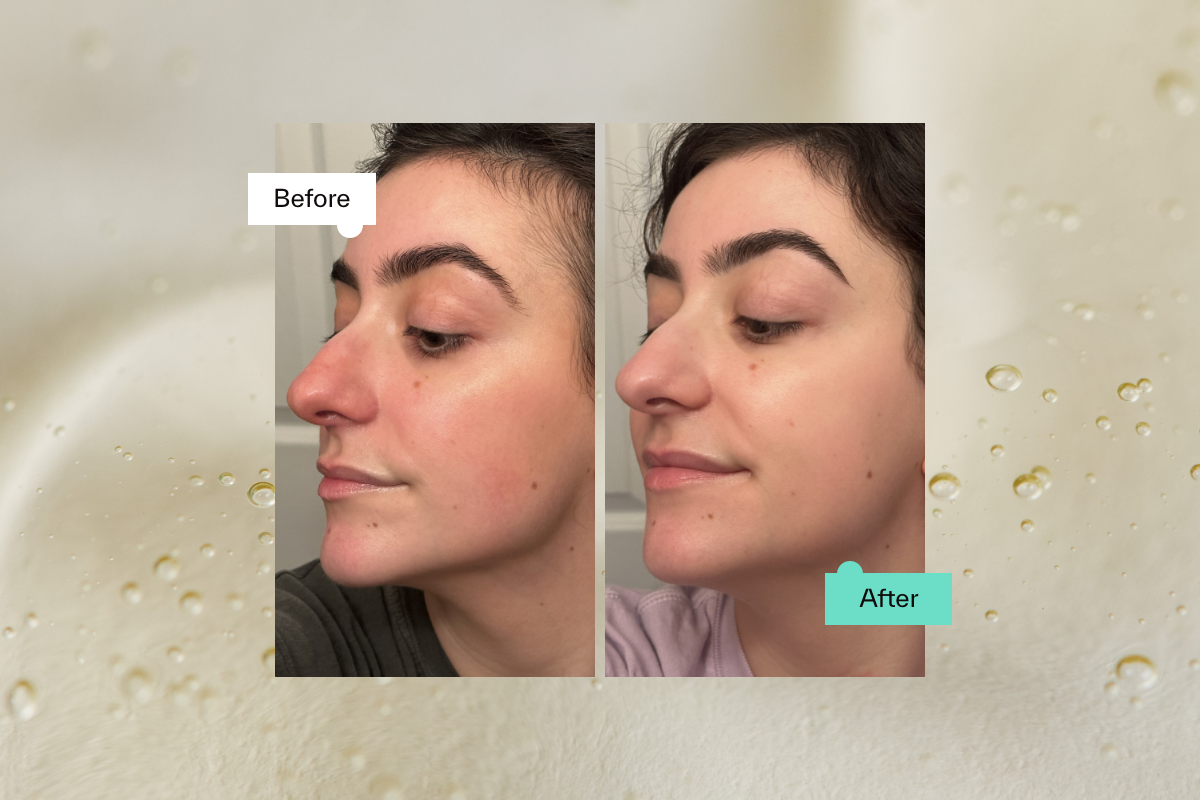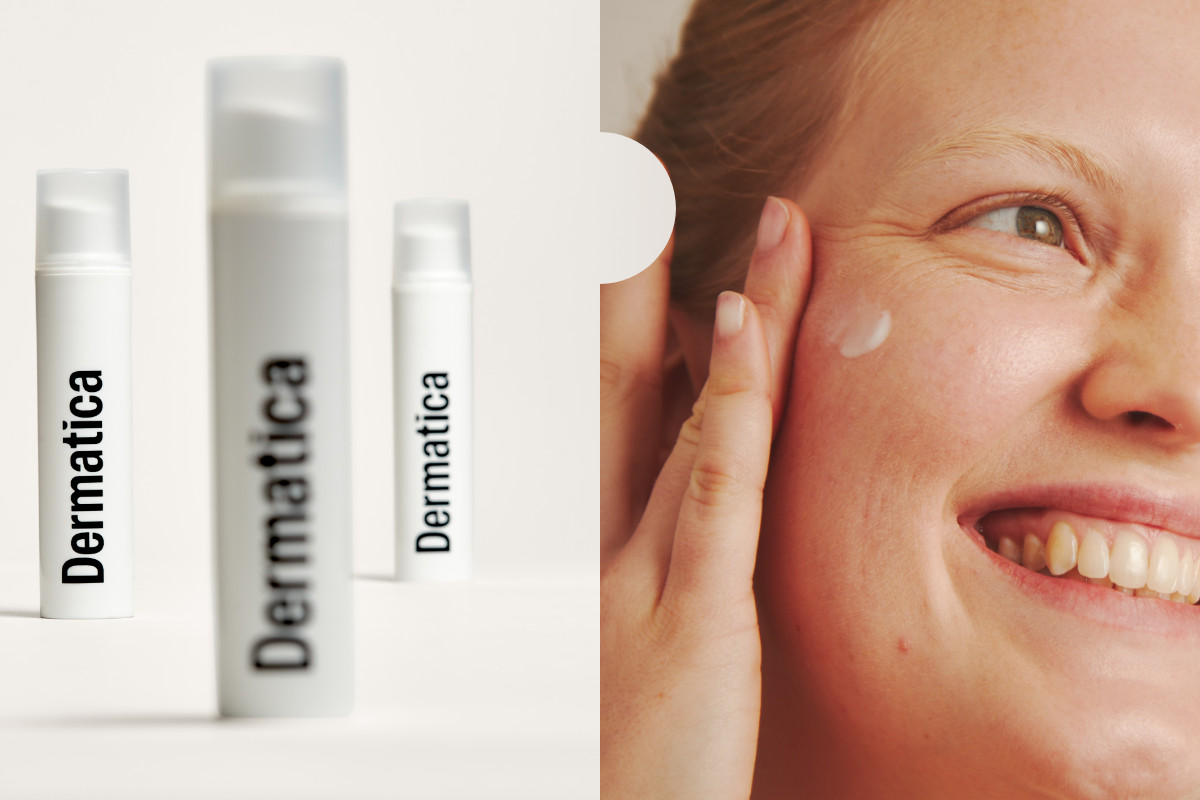Today we’re exploring the roles of ascorbic acid and retinoids in treating hyperpigmentation. Do you have hyperpigmentation? Wondering how you can encourage it to fade? We’re here to guide you through the science and application of these powerful ingredients, and how they can help you achieve brighter, more even-toned skin.
Understanding Hyperpigmentation
Before we talk about the ingredients, we need to understand what hyperpigmentation is. Hyperpigmentation refers to dark patches of skin, usually brown or grey in colour – or oftentimes just darker than your skin tone. It’s not harmful, it’s just the result of your skin producing too much melanin.(1)
Common reasons why it might appear include sun damage, hormonal changes (for example during pregnancy), medications (including HRT or oral contraceptives), or post-inflammatory scars from acne. Uneven skin tone can sometimes dampen our confidence, but not to worry, because both ascorbic acid and retinoids can help manage signs of hyperpigmentation – the trick is knowing how to use them correctly.
What Is Ascorbic Acid (Vitamin C)?
Ascorbic Acid is one of the most well researched cosmetic ingredients around, and is an antioxidant that’s essential for a number of processes in the skin, like collagen synthesis.(2) And that’s not all. This vitamin’s biggest benefit is that it inhibits an enzyme called tyrosinase – which studies show is responsible for melanin production. By doing so, vitamin C can help fade existing hyperpigmentation and prevent new patches from forming.
Ascorbic acid can help manage post-inflammatory hyperpigmentation (PIH). This is pigmentation caused by certain conditions, including acne. It’s known to reduce inflammation, promote wound healing and can even help prevent PIH. (3)
Choosing A Vitamin C/Ascorbic Acid Serum
Of all the vitamin C types, ascorbic acid currently has the most research to back up its efficacy in skincare. But not every product is created equal. So when choosing yours, there are several things to consider to ensure you’re making the right choice.
1. The Concentration Of Ascorbic Acid
Look for ascorbic acid concentrations at around 15%. Any higher than 20%, and evidence has shown that it won’t add much more benefit. It also increases the likelihood of skin irritation. This is especially true if you’re sensitive, or using retinoids at the same time.(4)
2. Stability And Packaging
Ascorbic acid is an unstable ingredient that’s prone to oxidation when exposed to light, air and heat. Therefore, look for serums in dark or opaque bottles. The right packaging minimises the ascorbic acid’s exposure to air and light. Also, buying the serum in smaller quantities can help keep the formulation fresh for longer.
3. Skin Type Compatibility
Ascorbic acid can work wonders on many different skin types. However, if you have rosacea, we advise avoiding ascorbic acid to prevent more irritation. If you are using retinoids, we’d also recommend using your ascorbic acid at a different time of the day, ideally in the morning before your SPF30+ sunscreen.
How Retinoids Help Fade Hyperpigmentation
Now let’s talk about retinoids, the multi-tasker of the skincare world. Retinoids are derived from vitamin A and come in various forms, from over-the-counter retinol to prescription retinoids like adapalene and tretinoin. Retinoids are renowned for their ability to encourage skin cell turnover, boost collagen production and improve the skin’s texture. This can help manage signs of hyperpigmentation.
Over time, your complexion becomes smoother, more radiant, and more even-toned. They work on pigmentation and atrophic scarring left from acne, photodamage and melasma.(5)
Can you use Ascorbic Acid and Retinoids together?
To experience the full potency of this powerful pair, you’ll need to incorporate them into your skincare routine safely. Start with a gentle cleanser, followed by a vitamin C serum in the morning to provide antioxidant protection throughout the day. Be sure to follow up with an SPF30 or higher every day, like the Dermatica SPF50 Photoageing Defence Sunscreen.
In the evening, after cleansing, apply your retinoid to aid in cellular turnover and fading of dark spots. Remember to finish your routine with a moisturiser, and you can also use a serum with hyaluronic acid if your skin needs extra moisture.
Conclusion
There you have it: ascorbic acid and retinoids – the ultimate duo when it comes to addressing hyperpigmentation topically. Both have unique abilities to fade existing dark spots, prevent new ones from forming and improve overall skin quality. And when used correctly, they’ll leave you with a clearer and more even complexion.
Always remember, if you need help finding a treatment for hyperpigmentation, you can start a free consultation with our experts at Dermatica at any time.
Not sure which products to cleanse, moisturise or protect your skin with? Shop our range of daily skincare essentials, designed with dermatologists to care for your skin morning and night.
References:
1) Atkinson S. Everything You Need To Know About Hyperpigmentation [Internet]. The Skin Lab. 2022 [cited 2023 Jul 6]. Available from: https://www.dermatica.co.uk/skinlab/everything-you-need-to-know-about-hyperpigmentation/
2) Sanadi RM, Deshmukh RS. The effect of Vitamin C on melanin pigmentation – A systematic review. Journal of Oral and Maxillofacial Pathology : JOMFP [Internet]. 2020;24(2):374–82. Available from: https://www.ncbi.nlm.nih.gov/pmc/articles/PMC7802860/?report=printable
3) Telang PS. Vitamin C in dermatology. Indian Dermatology Online Journal [Internet]. 2013;4(2):143. Available from: https://www.ncbi.nlm.nih.gov/pmc/articles/PMC3673383/
4) Mukherjee S, Date A, Patravale V, Korting HC, Roeder A, Weindl G. Retinoids in the treatment of skin aging: an overview of clinical efficacy and safety. Clinical interventions in aging [Internet]. 2006;1(4):327–48. Available from: https://www.ncbi.nlm.nih.gov/pmc/articles/PMC2699641/
5) Kain KC, Lanar DE. Determination of genetic variation within Plasmodium falciparum by using enzymatically amplified DNA from filter paper disks impregnated with whole blood. Journal of Clinical Microbiology. 1991 Jun;29(6):1171–4.
6) Callender VD, Baldwin H, Cook-Bolden FE, Alexis AF, Stein Gold L, Guenin E. Effects of Topical Retinoids on Acne and Post-inflammatory Hyperpigmentation in Patients with Skin of Color: A Clinical Review and Implications for Practice. American Journal of Clinical Dermatology. 2021 Nov 9
7) Seité S, Bredoux C, Compan D, Zucchi H, Lombard D, Medaisko C, et al. Histological Evaluation of a Topically Applied Retinol-Vitamin C Combination. Skin Pharmacology and Physiology. 2005;18(2):81–7.
Caroline Ferry
Caroline Ferry is a freelance journalist and copywriter, who has written for Grazia Magazine, Harper's Bazaar, Tatler and Elle and consults for many skincare, fragrance and fashion brands.
Dr Catriona Maybury
Dr Catriona Maybury is a Consultant Dermatologist, working as Medical Lead for Dermatica and at St George’s Hospital in London. Catriona completed her specialty training at St John’s Institute of Dermatology in London. Catriona has a special interest in medical dermatology, completing a PhD in liver fibrosis amongst psoriasis patients at King’s College London. Catriona is a certified coach and worked as Dermatology Section Editor for the British Medical Journal.





